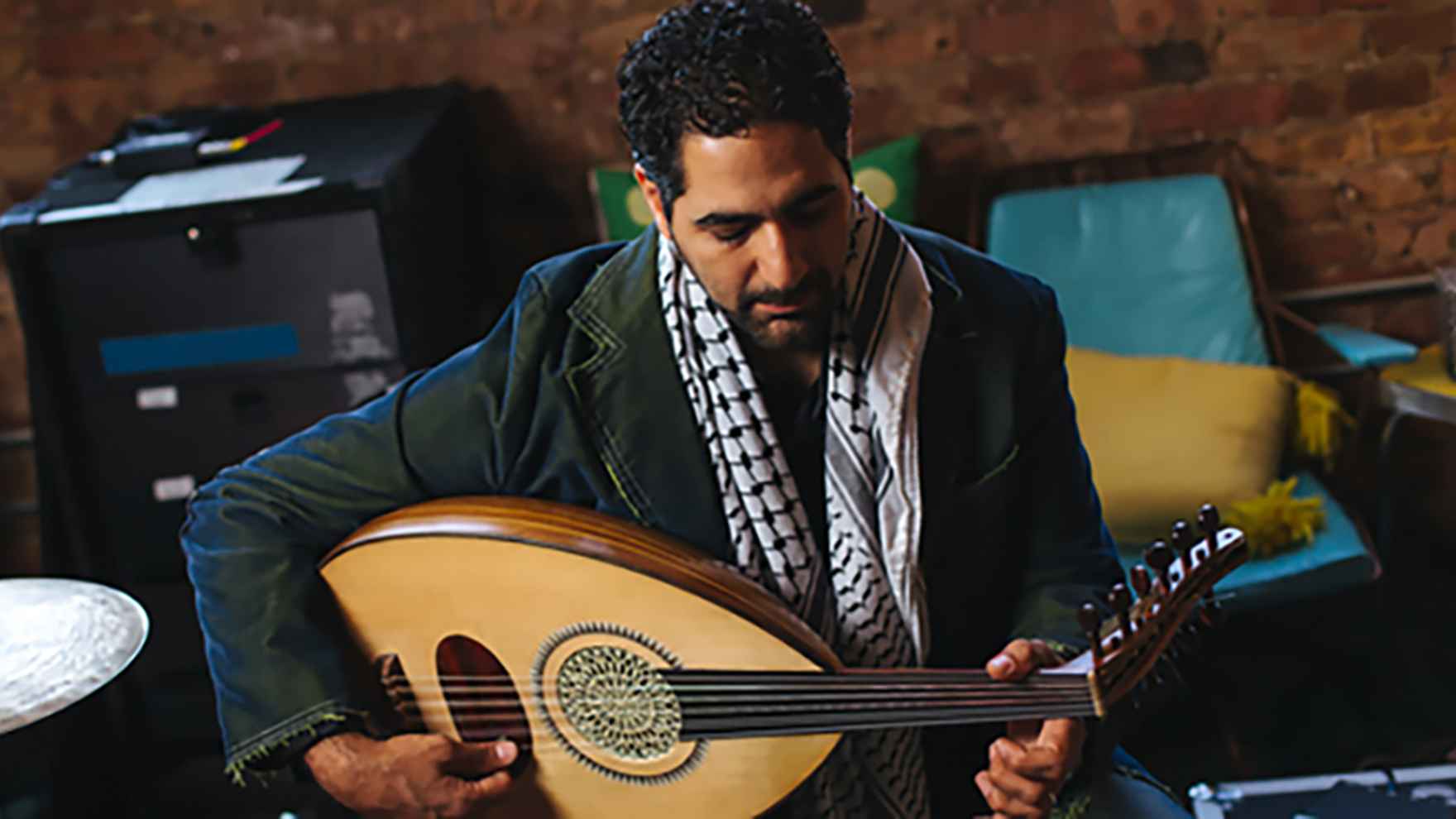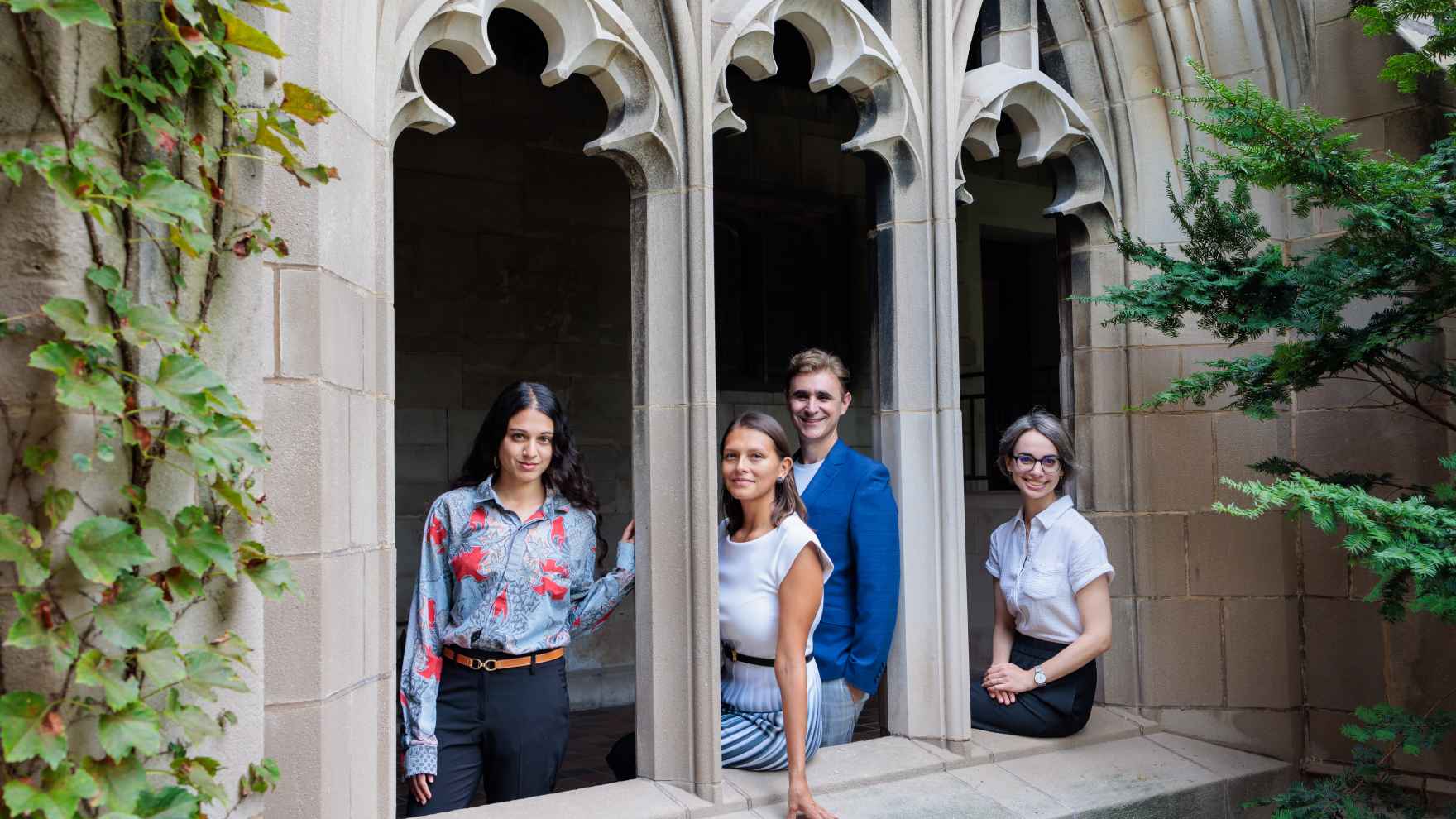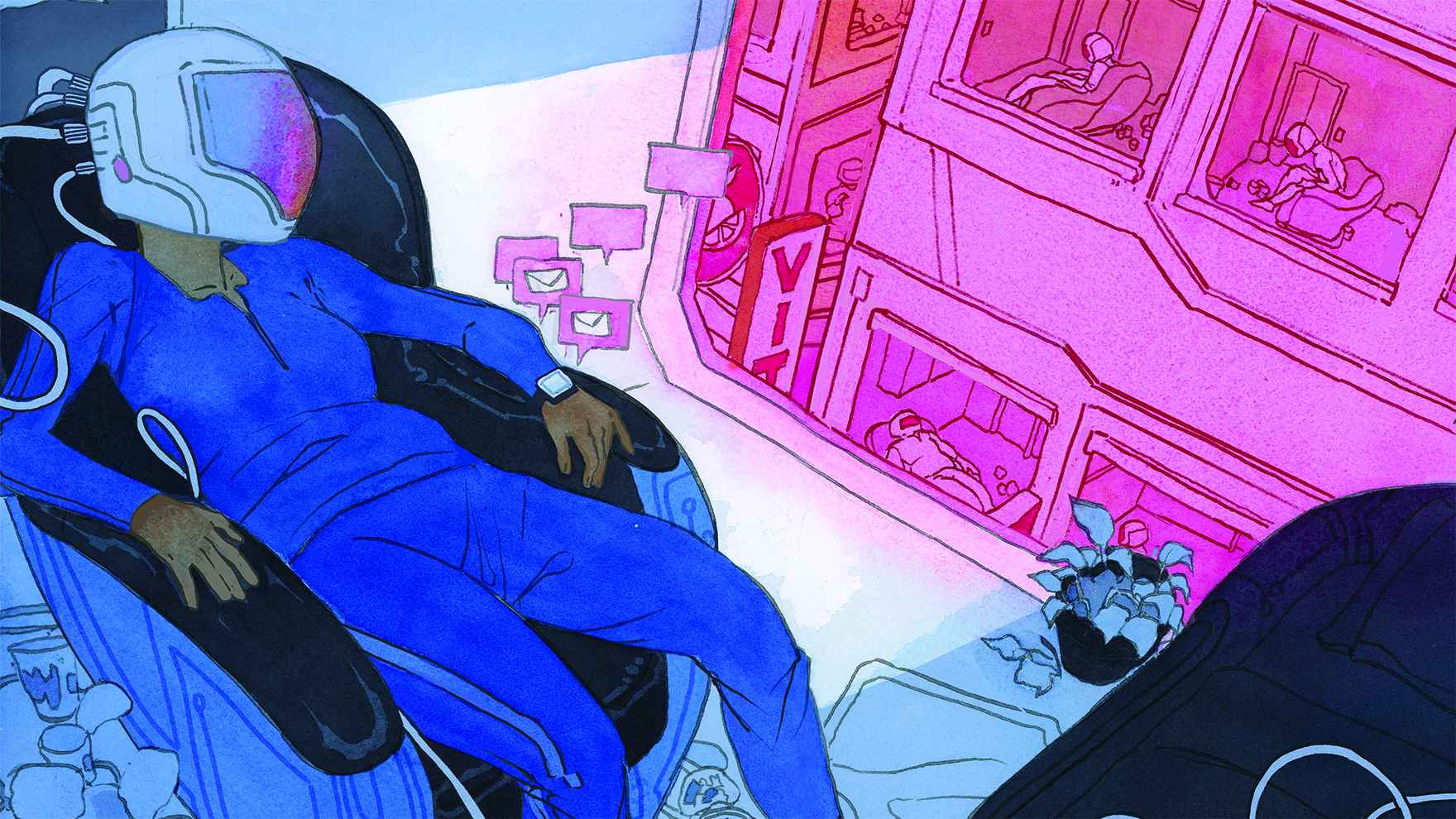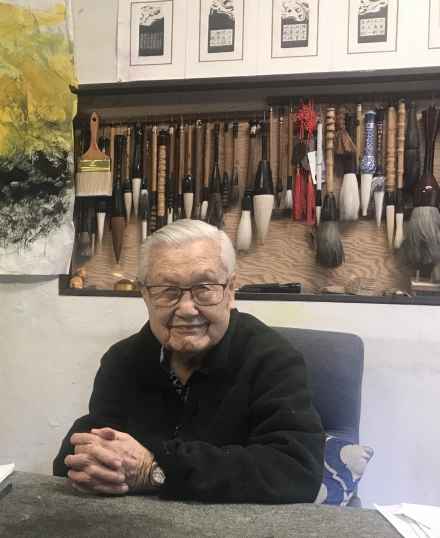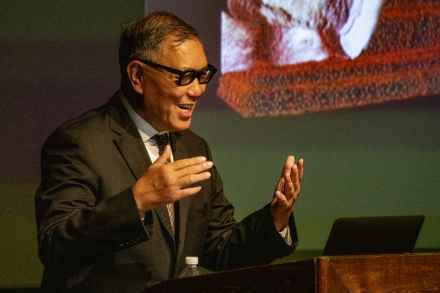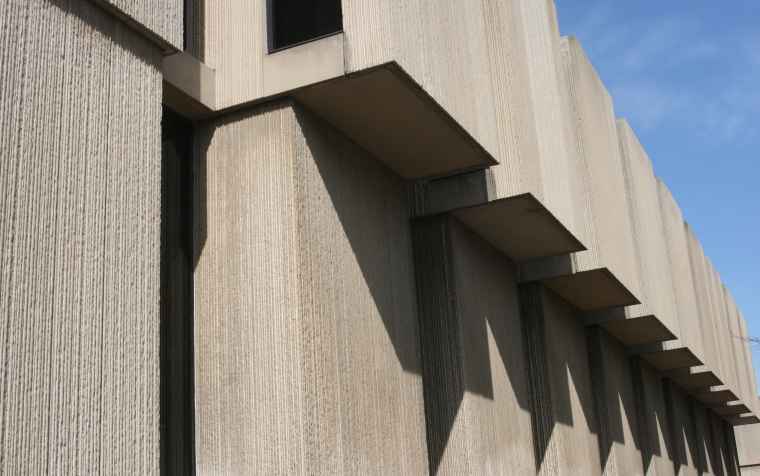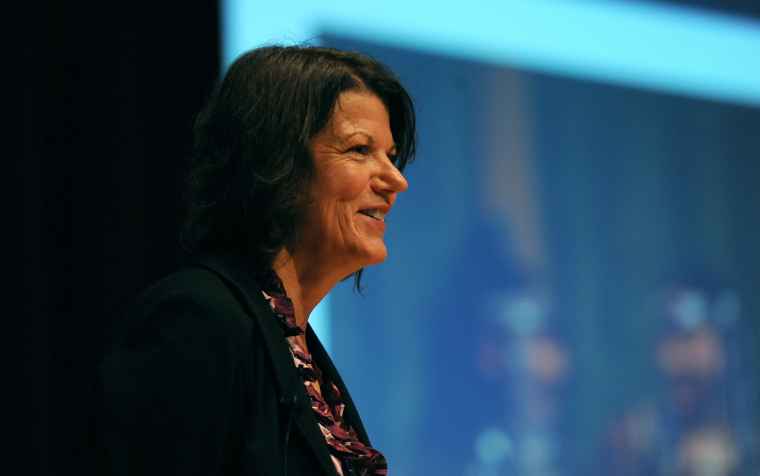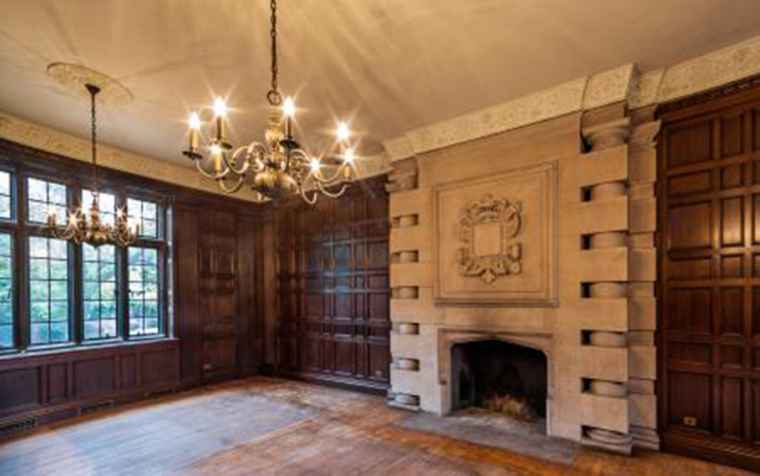Advancing Innovative East Asian Arts Research Within the Humanities
Mark Barnekow (MBA’88) and his wife, Jean Song, are passionate about the arts and Chinese culture and have been deeply inspired by Hou Beiren, the 105-year-old Chinese American artist. They have been so moved by the man and his artistic practice, they recently decided to endow the ‘Hou Beiren Graduate Student Enhancement Fund’ in the Center for the Art of East Asia within the Division of the Humanities.
“We are truly grateful to Mark and Jean for their commitment to East Asian arts in making this significant gift to the Division of the Humanities,” said Anne Walters Robertson, Dean of the Division of the Humanities and the Claire Dux Swift Distinguished Service Professor in the Department of Music. “This fund recognizes the rigor of the humanities as an indispensable mode of inquiry and the relevance of studying East Asian art at the University of Chicago.”
In Humanities Day Keynote, Wu Hung Explores the Rehabilitation of Damaged Art
What would it mean to rehabilitate Buddhist artworks pillaged by art dealers from grottoes in China a century ago? And what can art history as a discipline learn from such efforts? Prof. Wu Hung explored these topics in his Humanities Day keynote address on Oct. 16 at the University of Chicago.
An annual tradition at the University, Humanities Day celebrates the research of UChicago humanities scholars through lectures, discussions and performances that are open to the University community and the public.
Music, Poetry by UChicago Faculty Will Welcome President Alivisatos on Oct. 29
As the ringing of the carillon bells subsides, a voice crackles over the walkie talkie: “That sounded great!”
Prof. Augusta Read Thomas is calling up to the belltower of Rockefeller Memorial Chapel, where University Carillonneur Joey Brink and his student assistants—fourth-years Emily Kim, Joseph Min and João Francisco Shida—are seated in a row on the carillonneur’s bench, striking large wooden keys with their fists.
They’re practicing a piece that Thomas has composed for the Oct. 29 inauguration of Paul Alivisatos as the 14th president of the University of Chicago. To be played on the University’s 72-bell carillon—a massive instrument suspended within several stories of the tower’s interior scaffolding—the new music is among the works by UChicago faculty that will help set a celebratory tone for the ceremony.
From the Forbidden City to UChicago, Art Historian Searches for 'a Human Perspective'
When Prof. Wu Hung lived in the Forbidden City as a young scholar in the 1970s, he felt the constant presence of history. The palatial compound was quiet and empty after visiting hours, and Wu could contemplate its ancient art and architecture.
In the evenings, Wu often spent time in the largest open space within the palaces. Surrounded by the ancient architecture, he could see the vast sky and watch the seasons unfold.
“It was like living in the Metropolitan Museum of Art in New York City, only these palaces are even more immense and wonderful,” said Wu, a longtime University of Chicago faculty member. “Art was my next-door neighbor. The Forbidden City’s enormous art collections made me want to pursue a career in art history. I sensed a strong continuity in its art and architecture to our time.”
